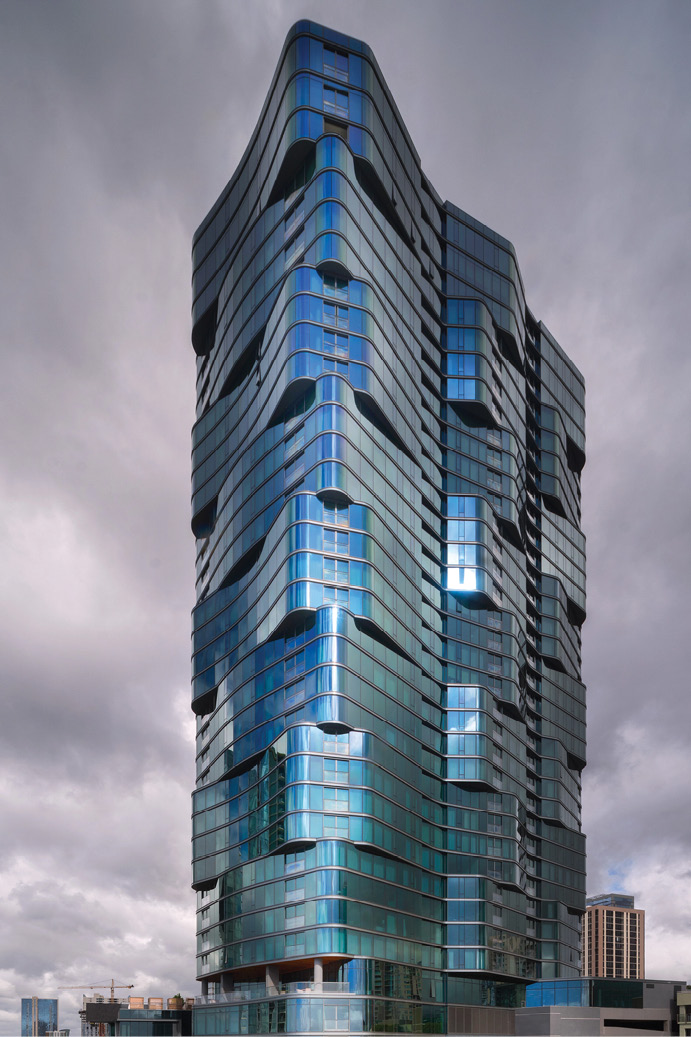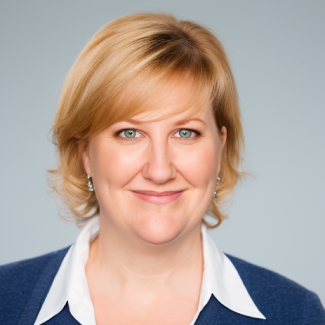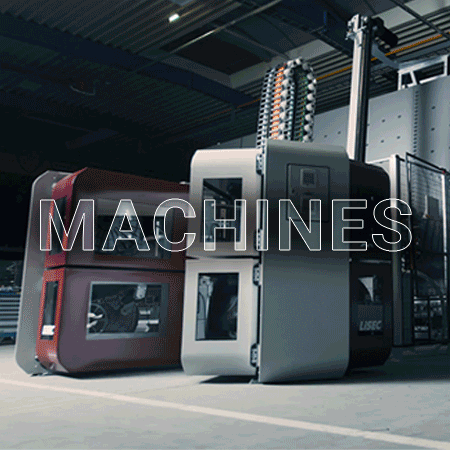Q+A with Sherwin-Williams | Color, Durability and Design
How coil and extrusion coatings enhance architectural aesthetics, performance and color versatility across the built environment
The choice of coatings for metal surfaces plays a crucial role in both the aesthetics and long-term performance of a structure. Sherwin-Williams, a global leader in coil and extrusion coatings, brings forward innovations that not only enhance the visual appeal of buildings but also ensure durability under extreme conditions. With architects, manufacturers and builders constantly striving to balance form and function, understanding the differences between coil and extrusion coatings is essential for selecting the right materials to meet project specifications, especially in fenestrations such as windows, doors and curtain walls.

Color selection is another critical factor in architectural design, as it influences the perception and impact of a structure. Sherwin-Williams’ expertise in color matching and trend forecasting gives building professionals access to an almost limitless palette, allowing them to create spaces that resonate with contemporary design trends. Moreover, with the rise of innovative coatings offering special effects like pearlescence and color shifts, architects can push the boundaries of design, making their projects truly stand out.
Glass Magazine sat down with Jeff Alexander, vice president of sales at Sherwin-Williams, to discuss why industry professionals—aiming to ensure both visual appeal and long-lasting performance—should consider coatings technology innovations.
Glass Magazine: Let’s start with a brief overview of Sherwin-Williams coil and extrusion coatings.
Jeff Alexander: As the leading manufacturer of coil metal coatings in the world, we bring a proud history of innovation to the coatings industry. With an enduring commitment to durability, superior customer service and an ever-expanding palette of color, our metal architectural coatings offer design and high performance to countless industries, projects and locations around the world.
Specifying metal coil and extrusion coatings on the building envelope offers many other benefits such as durability, performance, and unique color and effect options.
The biggest difference between coil and extrusion coatings is how and when they are applied. Coil coatings are applied to coiled sheets of metal before they are formed, while extrusion coatings are spray-applied after the aluminum extrusion has been formed. The most common application of extrusion coatings is for projects that have to do with the arrangement and design of fenestrations in the surface of buildings, such as windows and doors. These types of metal building products include storefronts, curtain wall, skylight framing and exterior sunshades.
GM: What is the importance of color and coatings selection?
JA: Color is a major consideration for those designing the built environment. A skyscraper, school complex, office building or residential structure is destined to be perceived by the public eye. Because of this, architects and product manufacturers often elevate their designs with colors and effects that evoke awe and emotion.
The color capabilities of Sherwin-Williams coil and extrusion coatings are nearly limitless. Our lines of Fluropon® and Illumipon™ coil and extrusion metal coating systems let our customers explore new color spaces using a wide array of gloss, effects and print options. With over 50,000 colors offered, we can color match almost any look you dream up.
GM: What new color trends do you see in the demand for coil and extrusion coatings?
JA: We are continuously innovating and researching color trends, and then applying that expertise to explore how it affects architecture. This includes improved technologies and the use of science to achieve lasting durability and color retention. Research also examines shifting consumer trends, such as the emerging use of color as a neutral, from soft blues to dark greens. Major trends we are seeing in the built environment are the transition to warm neutrals and the utilization of metal tones.
GM: How does color trend forecasting work?
JA: When it comes to trend forecasting, we serve architects and product manufacturers through architectural metal coatings color forecasts, which look more than three to five years in the future. Developed by a team of color experts, our metal coatings color forecasts are informed by major societal catalysts and backed by real-world data. Our research identifies how color is influenced by the world around us and supports strategic inspiration for the future of design. This creativity and expertise are what drives our recommendations.
GM: How do color effects impact a building’s design?
JA: If you’re looking to differentiate your building’s appearance, applying a special-effects coating can offer a great opportunity for a building to stand out compared to others. Special-effects coatings are developed to provide textured, shimmering, pearlescent and color-shift appearances.
GM: What is the importance of durability and longevity in architectural metal coatings?
JA: The quality of our coatings allows you to coat your projects with confidence, knowing the colors will stand the test of time and offer exceptional design freedom. Exterior metal coatings from Sherwin-Williams are tested for durability, proving their capabilities to stand up to weather conditions and deliver powerful color retention. Our Fluropon® and Illumipon™ coil and extrusion coatings meet or exceed the rigorous AAMA 2605 standards.
Additionally, every product is subjected to the harshest testing environments and conditions to ensure our coatings and colors last for decades. The centerpiece of our exposure sites is a 6.25-acre test fence facility in Fort Myers, Florida. For more than 50 years, over 100,000 panels have faced the toughest conditions Mother Nature can dish out. Based on its subtropical location, this weathering site provides conditions that are perfect for natural exposure testing.
GM: What are the key considerations for architectural metal coatings in terms of aesthetics and performance?
JA: There are several factors that come into play when selecting the best coating for your project needs. Critical considerations include geographical location, color selection and the end-use application. The most important takeaway here is that you work with your coatings representative to ensure you’re selecting the right system in the schematic design phase.
GM: What should customers know about specifying your coatings for their projects?
JA: Our color experts are ready to collaborate with your team to develop color schemes that will take your project to the next level. The Sherwin-Williams sales teams work closely with architects, manufacturers and end users to support all our customers’ needs—from education, coating selection and color expertise—to ensure projects meet their vision and offer long-lasting performance. Sherwin-Williams is your resource for choosing the right coating and color inspiration for your projects.







